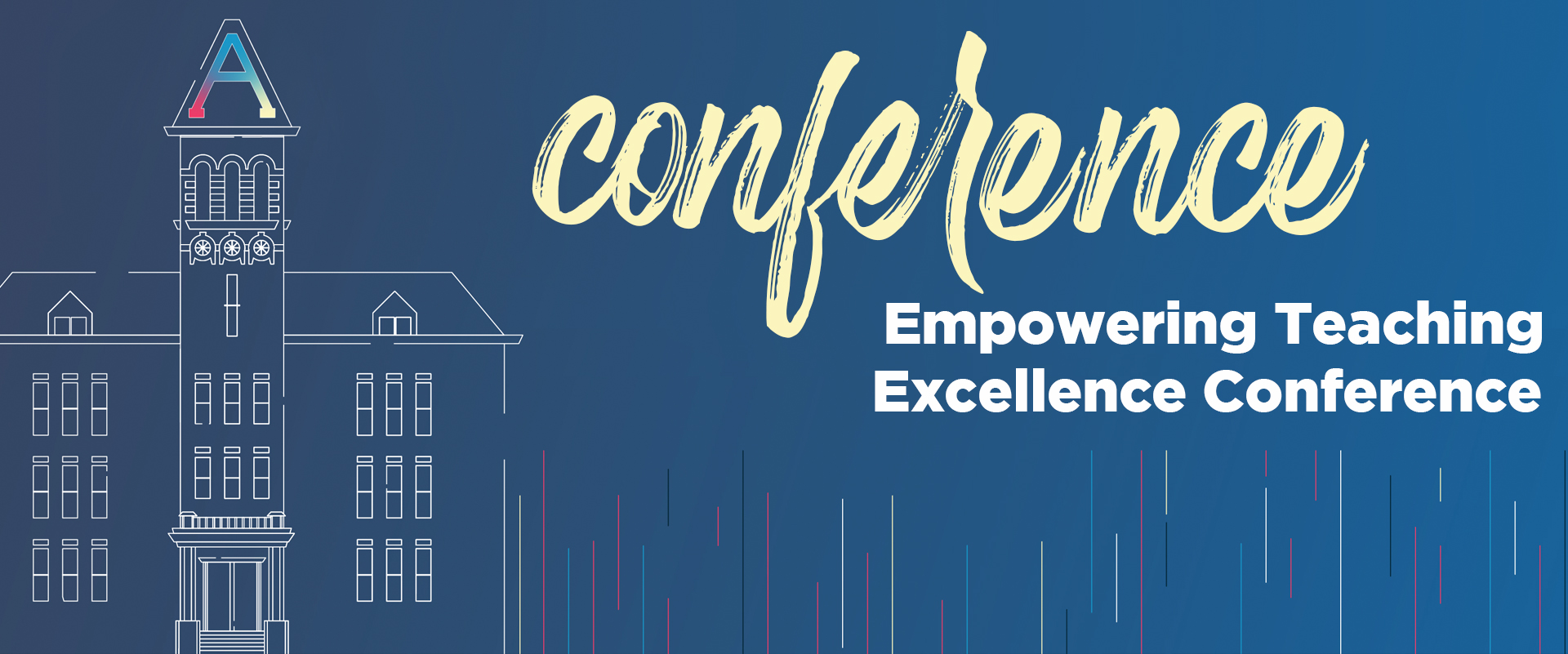Next-Level Active Learning in Higher Education: Ways to Facilitate Exploration, Dialogue, and Success
Loading...
Start Date
8-16-2023 12:00 AM
Description
In September 2019, a study conducted at Harvard University, Measuring Actual Learning Versus Feeling of Learning in Response to Being Actively Engaged in the Classroom, was published. This particular study focused on the response of students to different instructional approaches; specifically passive lecturing versus active learning. Based on prior research, the authors believed that students would learn more and perform better in active learning environments but they wanted to understand why so many students and faculty in higher education remain hesitant to embrace and/or switch to higher-level active learning strategies, activities, and assignments. This session will discuss some of the findings of that study and offer several ideas and examples of ways to incorporate active learning strategies in a variety of classroom settings and reach a larger and more diverse group of students. It will also focus on group learning and how to facilitate dialogue, connection, exploration, and understanding among and between students.
Creative Commons License

This work is licensed under a Creative Commons Attribution 4.0 License.
- Captions File
Next-Level Active Learning in Higher Education_M.Graf.pdf (3594 kB)
- Slides File
Next-Level Active Learning in Higher Education: Ways to Facilitate Exploration, Dialogue, and Success
In September 2019, a study conducted at Harvard University, Measuring Actual Learning Versus Feeling of Learning in Response to Being Actively Engaged in the Classroom, was published. This particular study focused on the response of students to different instructional approaches; specifically passive lecturing versus active learning. Based on prior research, the authors believed that students would learn more and perform better in active learning environments but they wanted to understand why so many students and faculty in higher education remain hesitant to embrace and/or switch to higher-level active learning strategies, activities, and assignments. This session will discuss some of the findings of that study and offer several ideas and examples of ways to incorporate active learning strategies in a variety of classroom settings and reach a larger and more diverse group of students. It will also focus on group learning and how to facilitate dialogue, connection, exploration, and understanding among and between students.


